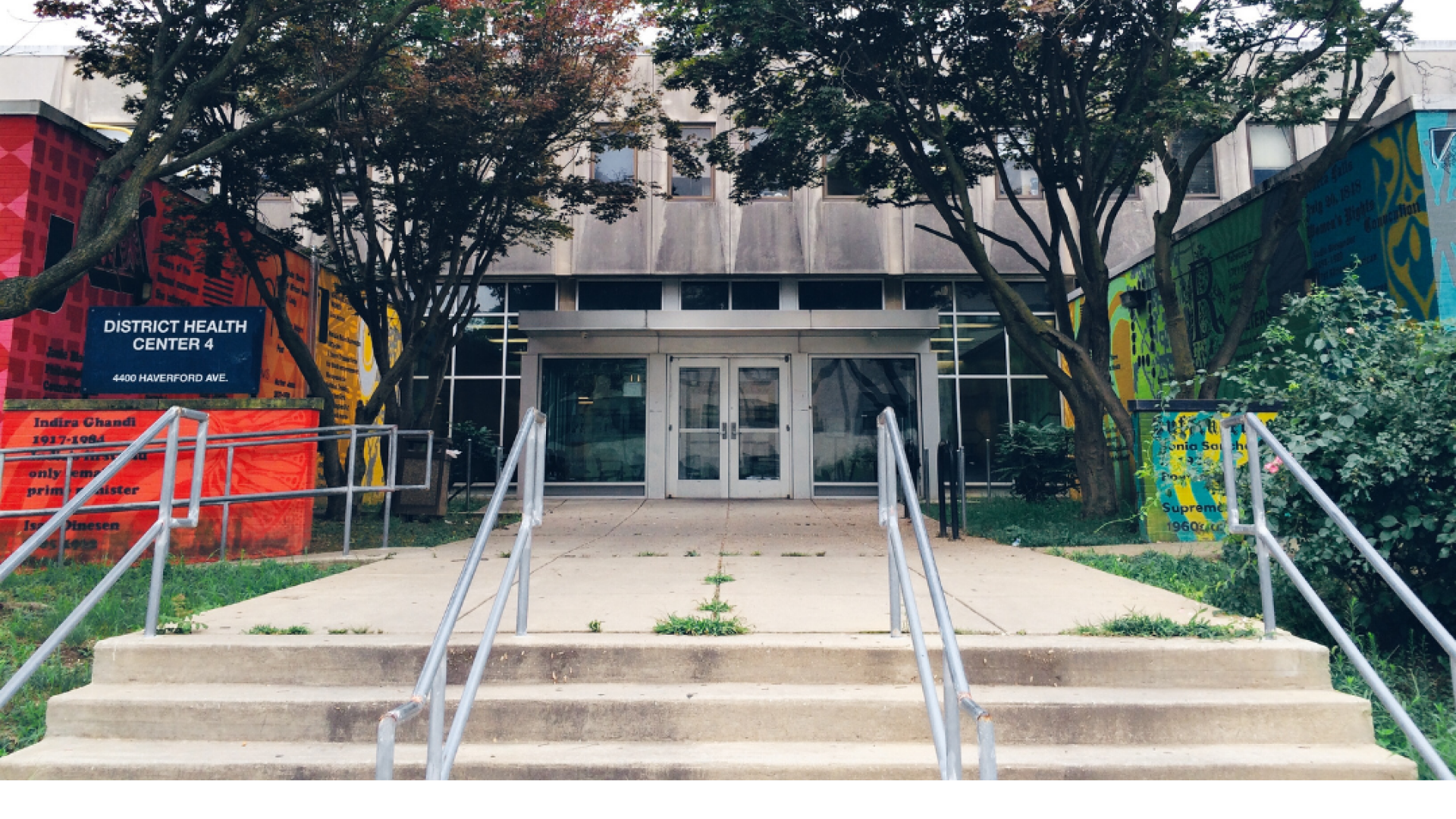Breaking down Barriers to Addressing Social Determinants of Health in Urban Areas
With the rise of globalization and industrial development worldwide, urban expansion is increasingly prevalent with over 50 percent of the world’s population living in urban areas. Urbanization can have positive community impacts such as increased proximity to health facilities, greater infrastructure, increased life expectancy, and better economic opportunity, but the negative externalities that can result from the rapid nature of this process are often overlooked. These include, but are not limited to environmental deterioration, increases in the incidence of disease outbreaks, increased occurrence of crimes, and other significant health risks. There has been a governmental shift to engage in more multisector actions to promote health in urban populations which has led to a movement to address social determinants of health. The evidence on the social determinants of health is complex and multifaceted. It involves a wide range of stakeholders within and beyond the health sector and all levels of government.

As a Patient Advocate for the Philadelphia Department of Public Health- Health Center #3 and #4, I assist vulnerable populations and uninsured patients obtain needed medications through programs offered by pharmaceutical companies that provide these medications at no cost to eligible patients; enabling seniors with chronic conditions to stay home and avoid unnecessary COVID-19 exposures during in-person care by providing them remote physiological monitoring (RPM) training; disseminate accurate and up-to-date knowledge of healthy behaviors, chronic disease management, and disease prevention; and conduct social determinants of health screenings. Throughout my time serving at the health centers and interacting with patients, I witness firsthand the challenges and barriers to proper health equity such as poverty, inadequate housing, lack of transportation, uninsured and underinsured individuals, undocumented individuals, food insecurity, and much more. It also exposes how important the government is in order to address these challenges. Authorities are responsible for a particular place and for the health and well-being of the residents, migrants, and visitors. The city authorities also have varying degrees of responsibility or potential to affect many of the processes occurring within that place (administrative, regulative, planning, commercial and social processes) in order to reach. I am incredibly fortunate that the city of Philadelphia has such a robust safety net for these underserved populations and prioritizes the funding and management of various health centers and clinics around the city.
Serving with NHC has shown me that health is interdisciplinary with social, economic, and political context. With the increasing rise of urbanization, a safety net, similar to the model of Philadelphia's, is necessary for many cities across America to take steps toward health equity. In the end, addressing these social determinants of health at both an individual level and a government level is imperative to support those who need us the most.
